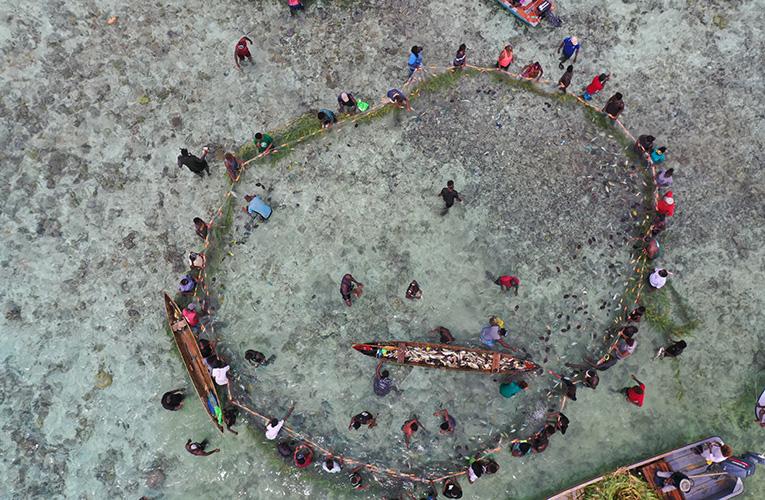Tim Lucas
(919) 613-8084
tdlucas@duke.edu
DURHAM, N.C. – The National Science Foundation has awarded Dana Hunt, associate professor of microbial ecology, a $299,693 grant to support research on how hurricanes and other disturbances shape microbial productivity and function in the oceans.
Hunt, a faculty member at the Duke University Marine Lab in Beaufort, N.C., and co-head of the Piver’s Island Coastal Observatory (PICO) there, is widely cited for her work on marine microbes and their responses to environmental conditions, including warming water temperatures and ocean acidification.
The new grant will fund collaborative research by Hunt and two other Duke scientists to investigate how extreme events such as hurricanes affect the composition and diversity of coastal microbiomes and can disrupt the roles the microbes play in photosynthesis and other ecosystem services, and as a primary food source in the marine food web.
A major focus of the work will be to test if a Bayesian probabilistic model that was developed at Duke to study multi-factor species-environment interactions in terrestrial ecosystems can be applied to similarly complex interactions affecting microbial communities in marine settings.
“Hurricanes send pulses of terrestrial microbes and freshwater into otherwise stable coastal microbiomes and alter the salinity, organic matter and nutrient levels there,” Hunt said. “You have all these interactions taking place. The challenge is to identify which factors or combination of factors are causing which effects, directly or indirectly, and what that might mean for future microbial composition and function with warming oceans, increased acidification and other cumulative stresses linked to a changing environment.
“I’m intrigued to see how using this Bayesian model will help us connect the dots to identify key environmental drivers and potentially interactions between organisms,” she said.
Hunt’s co-principal investigators on the new grant are James Clark, Nicholas Distinguished Professor of Environmental Science, and Mark Borsuk, associate professor of civil and environmental engineering.
The researchers will use the gjamTime probabilistic model developed by Clark to analyze pre- and post-hurricane data on microbial populations in Beaufort Inlet, N.C., collected over the last decade by PICO. Bayesian models like gjamTime – which stands for Generalized Joint Attribute Modeling time-series framework - should be especially well suited to this type of task due to their ability to identify, track and predict the direct and indirect impacts of environmental changes over time, even when long-term data is spotty, Hunt said.
“They could really help us improve our modeling of microbial populations and their relationships to a wide range of environmental changes,” Hunt said.
As part of the two-year NSF-funded project, she and her colleagues will develop a specialized module for teaching marine microbial Bayesian modeling to advanced undergraduate and graduate students. Community outreach to introduce K-8 students to the basic concepts and coding behind the models is also planned.
Hunt was awarded her grant as part of NSF’s “2026 Idea Machine” competition, designed to identify the most important and promising research areas for future investment and help set the U.S. agenda for fundamental research in science, math, engineering and technology for years to come. Her proposal was one of only 25, out of more than 800 entries, selected for funding through the NSF’s Early-Concept Grants for Exploratory Research (EAGER) program.
###



